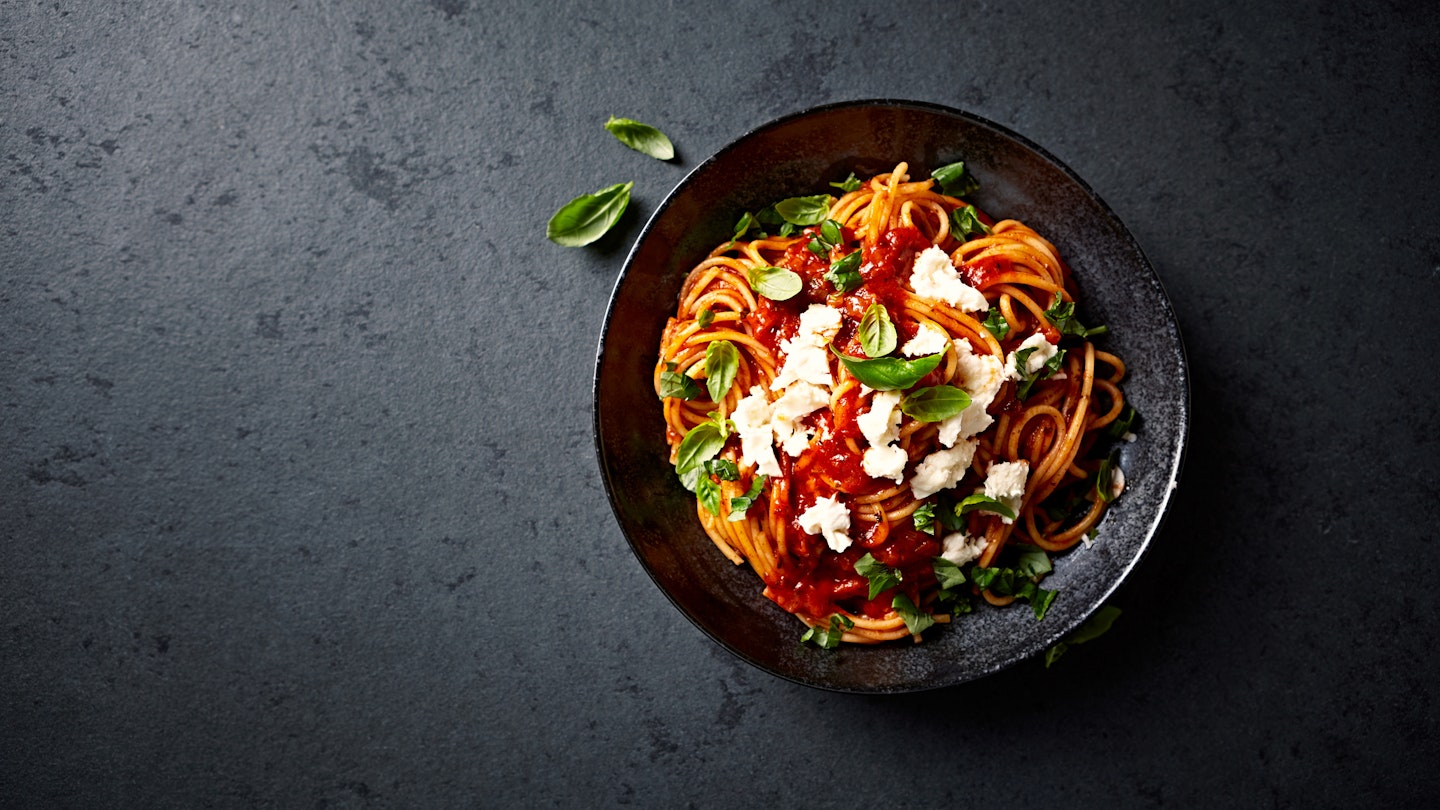Explore Dining Venues in Italy
Although the Italian dining scene has evolved significantly over the years, incorporating trends like food trucks and raw bars, the family-run trattoria remains the country’s favorite eatery. Traditional dining habits persist, as various venues maintain clearly defined roles. Therefore, it is essential to remember: don’t judge a place by its decor. You can discover fantastic food in many locations across Italy. However, how do you differentiate between an enoteca and a tavola calda, and which one is the ideal choice for you?
Agriturismo
An agriturismo is a working farm that offers accommodations and meals prepared with farm-grown produce, often providing a rustic dining experience at reasonable prices. These establishments typically serve traditional local meals that the farmer’s family has cherished for years, usually open for dinner and weekend lunches.
Bar/Caffè
The Italian bar/caffè is an iconic institution, operating from early morning until late at night (usually 7:30 am to 10 pm). This venue serves breakfast pastries, lunchtime sandwiches, spuntini (snacks), and aperitivi, alongside coffee, soft drinks, and local wines. When ordering at a bustling bar, patrons should approach the till (cassa), obtain a receipt, and then repeat the order to the bartender. However, if the bar is quieter or you are a regular, the bartender might take your order directly. There are no strict rules—just observe the locals.

Birreria
Primarily found in northern Italy, a birreria specializes in beer (typically local brands) while also offering traditional cafe fare. It’s not uncommon to see patrons sipping beer for breakfast in the northern regions.
Braceria and Rosticceria
A braceria, known for its focus on meat, often features a counter displaying various cuts. Diners can select a portion cooked to order on an open grill. In southern Italy, many bracerie are adjacent to butchers. On the other hand, a rosticceria specializes in roasted meats and offers popular takeaway options like roast chicken.
Enoteca
Italians appreciate the combination of food and drink, and many enoteche (wine bars) provide a fine array of snacks, including bruschette (grilled bread with toppings), crostini (toasts with various toppings), cheese and cold meat platters, salads, and a selection of simple hot dishes.

Gelateria
Savoring gelato is as integral to Italian life as morning coffee. In Sicily, ice cream served in a brioche bun is a favorite breakfast treat. Artisanal gelaterie take pride in seasonal flavors and sourced ingredients from reputable locations, such as pistachios from Bronte and chocolate from Turin. During summer, the menu often features sorbetti and grattachecca, a delightful version of “scratched ice” topped with fruit and syrup. Most gelaterie operate from noon until 1 am.
Osteria
Traditionally, osterie were family-run establishments specializing in one or two dishes alongside a vino della casa (house wine). Similar to a trattoria, they focus on affordable traditional cooking. Modern osterie may embody a trendy vibe, typically offering concise dinner menus with deceptively simple dishes highlighting regional ingredients.

Paninoteca
Translating roughly to a place for bread rolls (panino), a paninoteca specializes in sandwiches. Even the simplest fillings, such as prosciutto with pecorino, can turn into a delightful meal. Most paninoteche operate during standard daytime hours.
Pasticceria
Italian sweets and pastries are influenced by a variety of cultural traditions. The art of pastry-making was once a craft of nuns, who sold their confections during festivities. Sicilian desserts draw from Middle Eastern flavors, while chocolate was introduced to Sicily and Naples by Spanish influence. In the northern regions, pasticcerie often resemble French patisserie shops and Austrian cake houses. Many also function as cafés, offering both sweet and savory pastries, typically open from 7 am to 7 pm.

Pizzeria
Pizza stands as a casual and economical meal for Italians, characterized by its simple yet delicious toppings. Most Italians begin their pizza experience with a starter such as bruschette (grilled bread topped with vegetables) or fritti (mixed fried foods), often accompanied by beer. Generally, pizzerias operate mainly during the evening, as their wood-fired ovens require time to heat up. For a quick bite, pizza al taglio (pizza by the slice) venues are available daily.
Ristorante
For Italians, restaurants signify a more formal dining experience, which includes dressed tables, attentive service, refined menus, extensive wine selections, and correspondingly higher prices. Restaurant meals are mostly reserved for special occasions or romantic dates rather than everyday dining.

Spaghetteria
Spaghetterie originated from Naples’ street stalls, offering patrons uncomplicated bowls of spaghetti dressed with various sauces. The name suggests a no-frills dining experience, focusing on tasty pasta and secondi plates, all at budget-friendly prices. Although spaghetterie were predominantly found in the south, they are becoming less common.
Tavola Calda
An old-school fast food option, a tavola calda (literally “hot table”) serves affordable pre-prepared pasta, meats, and vegetable dishes, available cafeteria-style with trays. Most of these establishments remain open all day starting around 11 am.

Trattoria
Traditionally, trattorias are family-run establishments offering affordable local menus. The meals served here are homemade and hearty, with a friendly atmosphere. While quality can vary in major tourist cities, you can usually expect consistently good cooking outside these hotspots. Trattorias typically operate for both lunch and dinner.
This article was first published on June 6, 2021, and updated on June 11, 2021.





